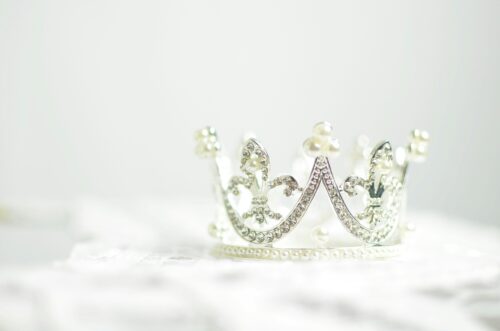When a Picture Is Worth a Thousand Words
I have been intrigued with the Royal Family for years. I’ve watched the weddings and the funerals and read the authorized (and unauthorized) biographies and autobiographies. Like other Royal watchers, I was concerned about Princess Kate’s health following her recent surgery. It really isn’t anyone’s business, but the lack of information certainly piqued my curiosity.
I was relieved when a photo was posted of her and the children. But that relief quickly turned to speculation as major news outlets were pulling down the photo as they learned that it had, in fact, been manipulated. Was the manipulated photo covering up something more dire?
Late last week we learned that the Princess received a cancer diagnosis. Feeling a sense of responsibility to her family coupled with the very public responsibility she has to the Monarch, she admitted that she did do some editing to the picture.
If I had to guess, there isn’t a single one of us who hasn’t done a bit of editing to a photo we’re about to post on social media. Professional photographers do it all the time. And with the growing popularity of AI, photo manipulation is going to be more and more commonplace.
That’s going to mean that those of us responsible for producing content for organizations are going to have to be even more confident that the images we are using are actual images and not a result of this type of editing. Media outlets, already concerned with copyright infringement, will need to be more stringent in their review of provided imagery that accompanies a story.
I’m less concerned that the Princess manipulated a photo than I am with how it was able to be distributed through official Royal communications efforts. A lesson to us all about transparency.

